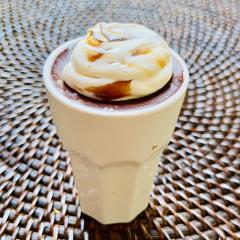-
Welcome to the eG Forums, a service of the eGullet Society for Culinary Arts & Letters. The Society is a 501(c)3 not-for-profit organization dedicated to the advancement of the culinary arts. These advertising-free forums are provided free of charge through donations from Society members. Anyone may read the forums, but to post you must create a free account.
Cooling food down in batches before storage
-
Similar Content
-
Help! Waring by Cuisinart Commercial Food Processor S blade not pulling food down/cutting it all. Any solution?
By jimtmcdaniels,
- 11 replies
- 827 views
-
- 11 replies
- 541 views
-
- 1 reply
- 710 views
-
- 2,287 replies
- 277,557 views
-
- 826 replies
- 80,407 views
-
-
Recently Browsing 0 members
- No registered users viewing this page.





Recommended Posts